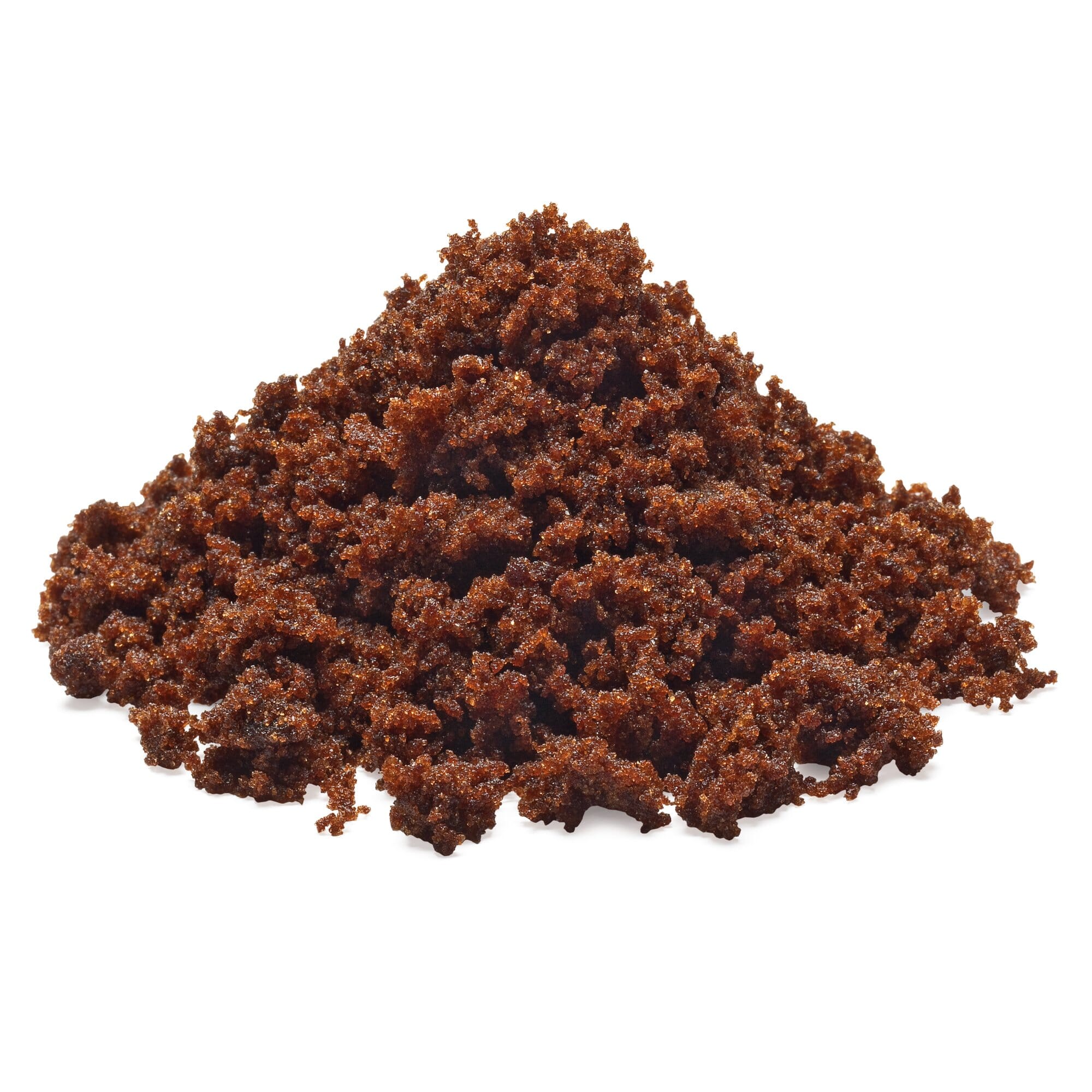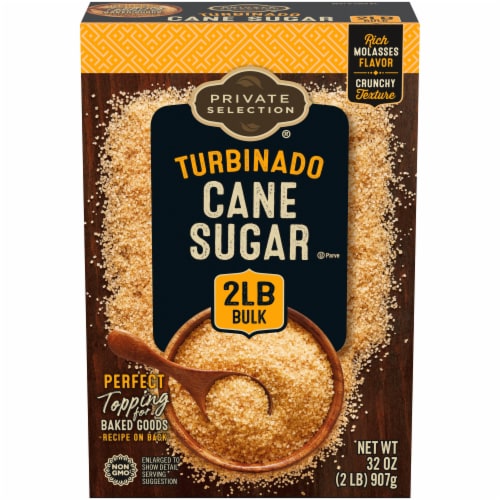An In-Depth Guide to the Environmental Influence and Sustainability Practices in Walking Stick Sugar Processing
The ecological impact of walking cane sugar handling offers a complex selection of challenges that warrant careful exam. From soil deterioration and too much water usage to the carbon impact related to growing and production, the consequences of conventional methods are far-reaching. On the other hand, the fostering of innovative sustainability measures offers a path toward much more responsible production approaches. Understanding the interaction between these problems is important for stakeholders in the sector. What particular methods can be implemented to strike a balance between productivity and ecological stewardship? The answers lie in a closer look at both the difficulties and potential options.
Review of Walking Stick Sugar Processing
Cane sugar handling includes a collection of organized steps that change sugarcane into polished sugar. At first, gathered sugarcane is moved to processing centers, where it undertakes cleaning to remove soil and debris. Following this, the walking stick is squashed to draw out juice, which is after that made clear by eliminating pollutants via home heating and the addition of lime.
The clarified juice goes through evaporation, where water is gotten rid of to focus the sugar material. This concentrated syrup is then crystallized through air conditioning, enabling sugar crystals to create. These crystals are divided from the staying syrup utilizing centrifugation, leading to raw sugar. To accomplish refined sugar, the raw product undertakes further purification procedures, which may consist of filtering system and washing to eliminate staying pollutants and shade.
The end product is after that dried out and packaged for distribution. Throughout this whole process, preserving effectiveness and top quality control is necessary to make certain the sugar meets market criteria. Each step in walking cane sugar handling not just adds to the end product yet also has implications for resource use and waste generation, establishing the stage for discussions on sustainability and environmental effects related to sugar production.
Environmental Challenges of Production
The production of cane sugar presents several considerable environmental challenges that warrant attention. One primary concern is the comprehensive use agrochemicals, including chemicals and plant foods, which can cause soil destruction, biodiversity loss, and contamination of neighborhood water resources. The overflow from sugarcane areas often brings these chemicals into neighboring environments, disrupting aquatic life and influencing the wellness of communities reliant on these water bodies.
Another obstacle is the high power usage connected with sugarcane processing. The boiling and refining phases call for significant warm, mostly produced by burning fossil gas, adding to greenhouse gas discharges. Additionally, the large acreage required for sugarcane farming can lead to logging and habitat devastation, additional intensifying environment modification and threatening wild animals.
Furthermore, the labor techniques in some areas increase ethical worries, as workers might deal with inadequate working conditions and poor earnings. This circumstance commonly perpetuates a cycle of destitution in local areas. Cane Sugar Processing. Dealing with these ecological challenges is crucial for establishing more lasting practices in walking cane sugar production, eventually profiting both the environment and the neighborhoods associated with this market
Water and Land Usage Impact
Water resources and land usage are critical elements in the cane sugar market that dramatically impact the atmosphere. The farming of sugarcane calls for substantial water input, with quotes suggesting that it can take in approximately 2,000 liters of water per kg of sugar generated. This intensive use of water commonly causes depletion of neighborhood water sources, influencing not only the sugarcane ranches yet also surrounding ecological communities and communities that depend on the exact same water resources for farming and domestic usage.

Additionally, land usage for sugarcane my website growing can bring about deforestation and the conversion of natural habitats right into monoculture ranches. This technique decreases biodiversity, interferes with local ecological communities, and contributes to dirt destruction. The growth of sugarcane areas typically elbows in on important farming land, developing competition for resources in between food and biofuel manufacturing.
Sustainable methods, such as optimizing watering strategies and implementing crop turning, are vital to reduce these influences. By taking on much more effective water use and land monitoring approaches, the walking stick sugar market can lower its ecological footprint, making certain a balance between agricultural efficiency and ecological preservation.
Greenhouse Gas Emissions
Greenhouse gas emissions represent a considerable environmental problem within the walking cane sugar handling industry, particularly as agricultural methods increase to fulfill global demand. The growing of sugarcane, a plant that prospers in exotic environments, relies greatly on artificial fertilizers and pesticides, which contribute to nitrous oxide emissions. Furthermore, land-use adjustments, consisting of logging for brand-new sugarcane vineyards, launch co2 saved in vegetation and soil.
During processing, power usage is another significant resource of greenhouse gas discharges - Cane Sugar Processing. Many sugar mills make use of nonrenewable fuel sources to power machinery and create warmth, leading to substantial carbon impacts. Moreover, the transportation of raw sugarcane and ended up products adds layers of discharges through gas combustion in vehicles
The collective impact of these emissions worsens climate adjustment, presenting risks not just to the environment yet likewise to the lasting feasibility of the industry. Stakeholders have to acknowledge the urgent need for comprehensive methods that deal with these exhausts. This includes evaluating existing agricultural methods, processing techniques, and transport systems to determine locations for improvement and reduction. Addressing greenhouse gas discharges is vital for cultivating a more lasting you can try these out walking cane sugar market in a transforming climate.

Sustainable Practices and Innovations
Lasting techniques and advancements are progressively vital in the cane visit site sugar handling sector as stakeholders seek to decrease environmental influences while preserving performance. One considerable advancement is the execution of integrated plant administration, which maximizes resource usage by combining dirt monitoring, insect control, and plant rotation strategies. This approach improves return while reducing chemical inputs and protecting dirt health and wellness.
Moreover, the adoption of eco-friendly energy resources, such as biomass from sugarcane deposits, has gotten grip - Cane Sugar Processing. By converting waste items right into energy, refining centers can decrease their reliance on nonrenewable fuel sources, thereby reducing greenhouse gas exhausts
Water management practices have actually additionally seen improvements through the recycling and reusing of water in handling plants, significantly decreasing freshwater intake. Technologies in technology, such as precision farming, make it possible for farmers to monitor crop health and resource use better, guaranteeing sustainable growing methods.
In addition, qualification programs like Fair Profession and Jungle Partnership urge eco responsible farming practices and promote social equity within the supply chain. By embracing these sustainable practices and developments, the walking stick sugar processing market can improve its durability and contribute positively to ecological stewardship.
Final Thought
The environmental impact of cane sugar processing presents significant challenges, consisting of dirt destruction, high water intake, and greenhouse gas exhausts, along with honest worries associated with labor methods. Resolving these concerns via lasting methods, such as integrated plant monitoring, renewable resource adoption, and water recycling, is important. By promoting eco accountable and socially equitable methods in sugar production, the sector can minimize its negative impacts, ensuring a more lasting future for both neighborhoods and ecosystems associated with this industry.
Walking cane sugar handling includes a collection of methodical steps that change sugarcane into polished sugar. Each step in walking cane sugar processing not just contributes to the last product yet also has effects for resource use and waste generation, establishing the stage for conversations on sustainability and environmental effects linked with sugar production.
Greenhouse gas exhausts represent a substantial environmental problem within the walking stick sugar handling industry, especially as farming practices expand to fulfill worldwide demand.Sustainable methods and developments are significantly important in the walking cane sugar processing market as stakeholders look for to reduce environmental influences while maintaining efficiency.The ecological impact of walking stick sugar handling presents considerable difficulties, consisting of soil degradation, high water usage, and greenhouse gas exhausts, alongside honest worries connected to labor practices.